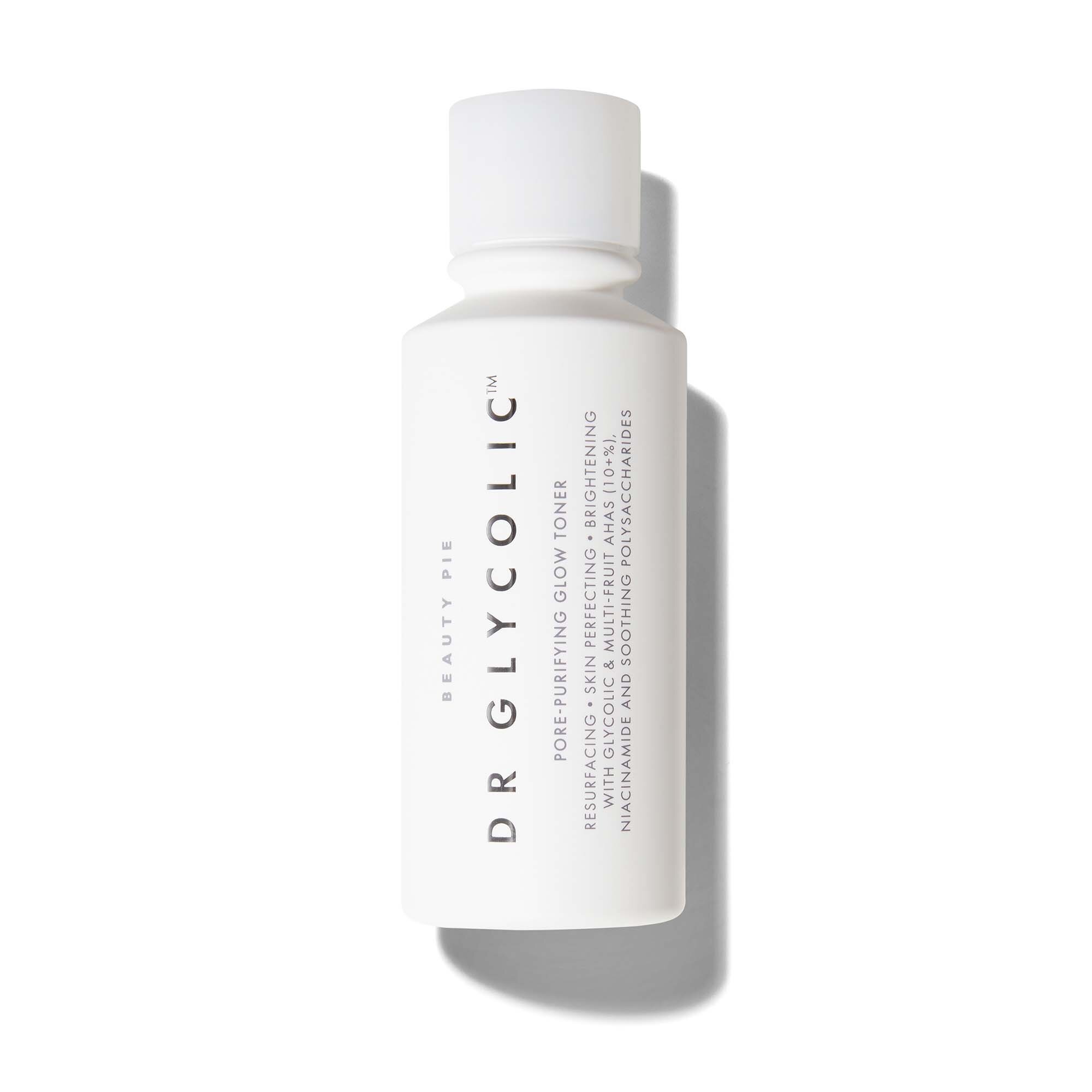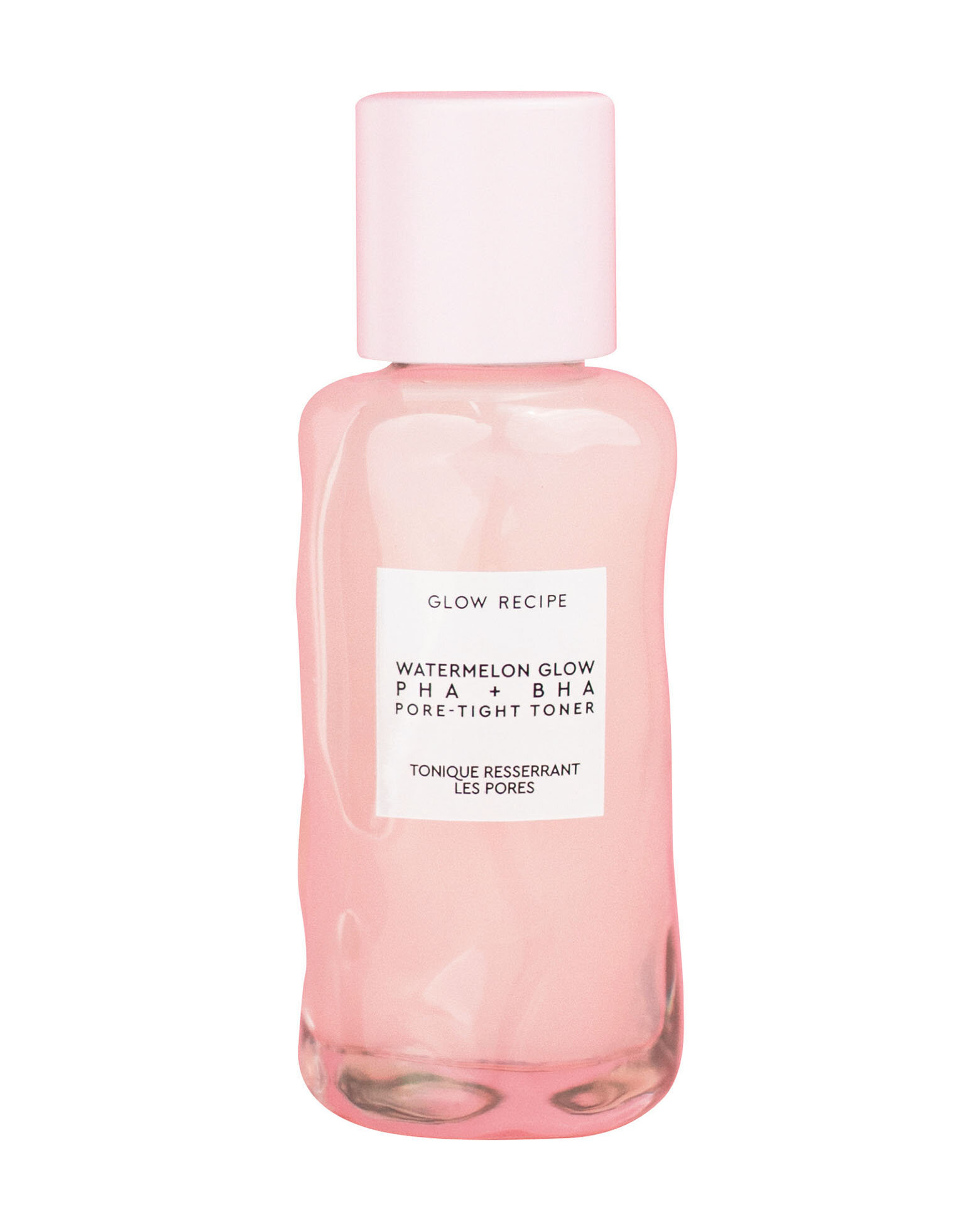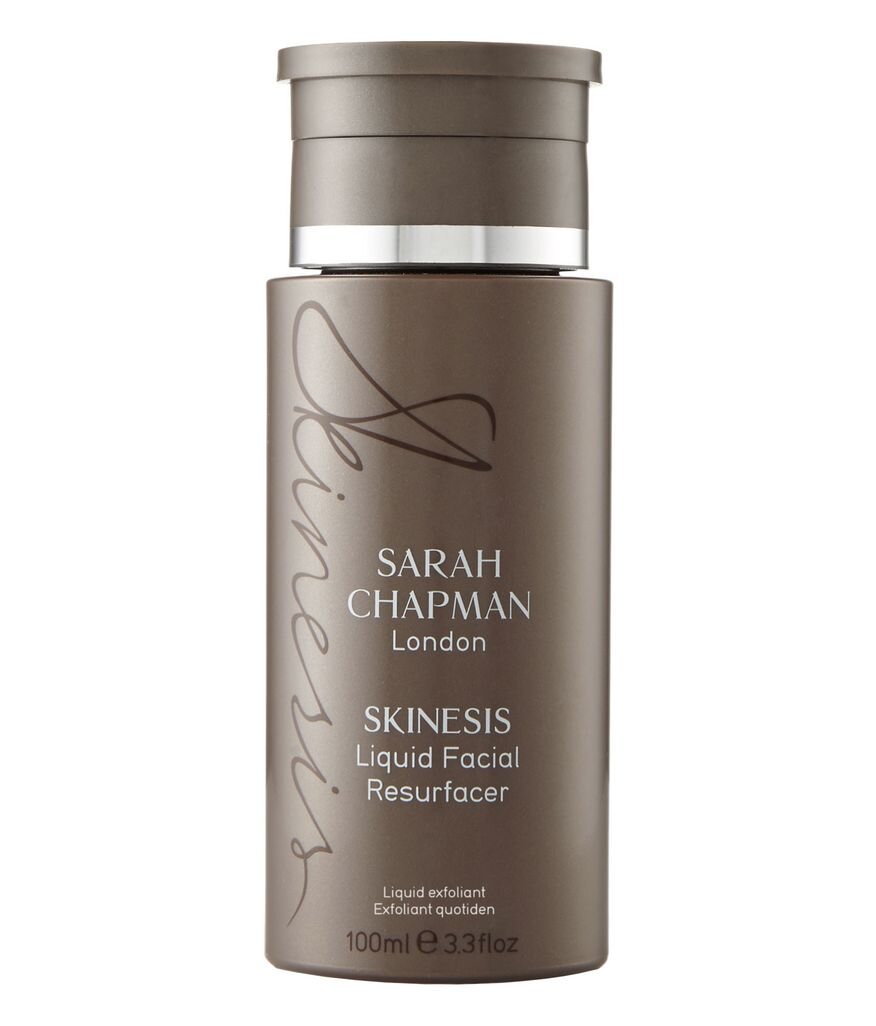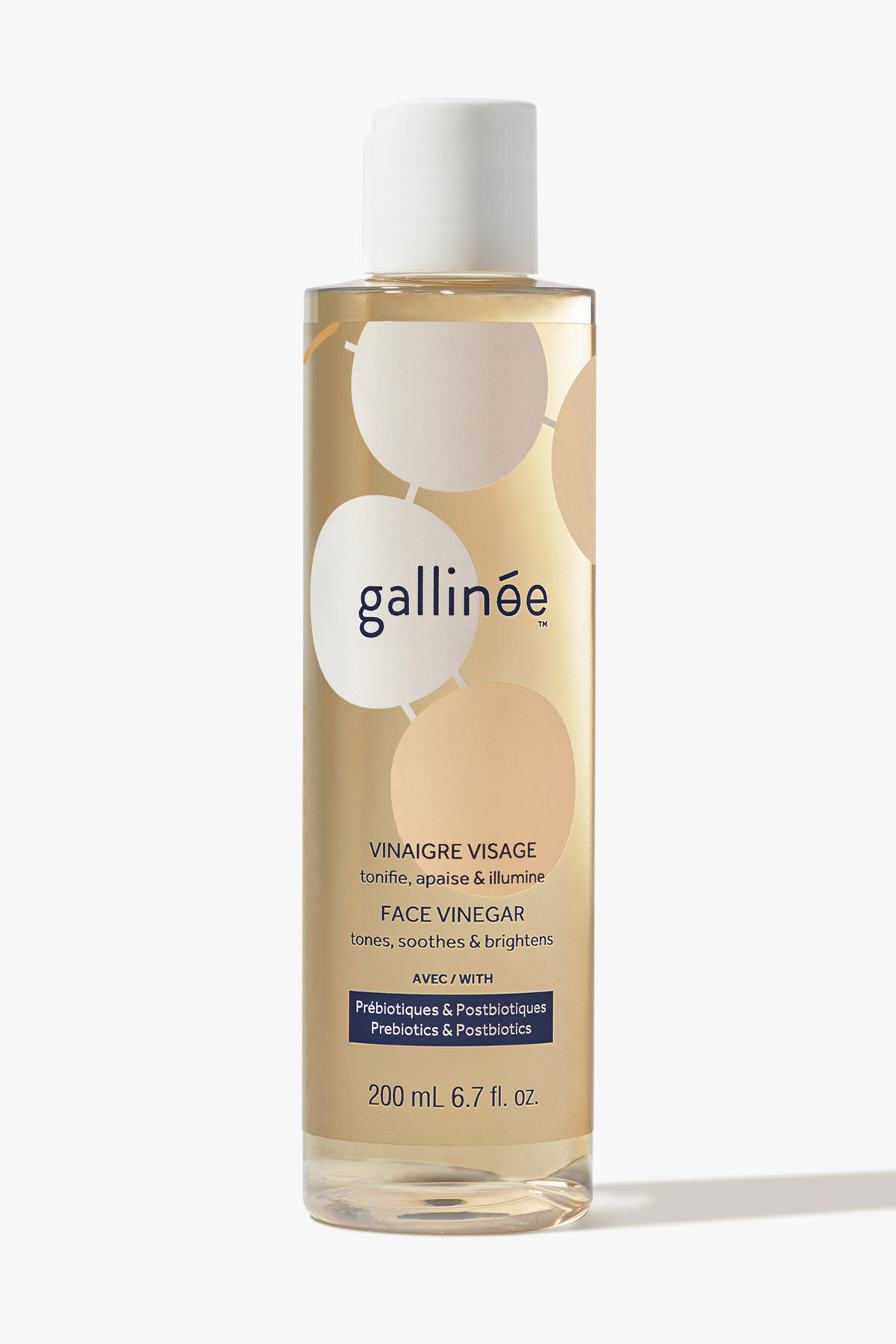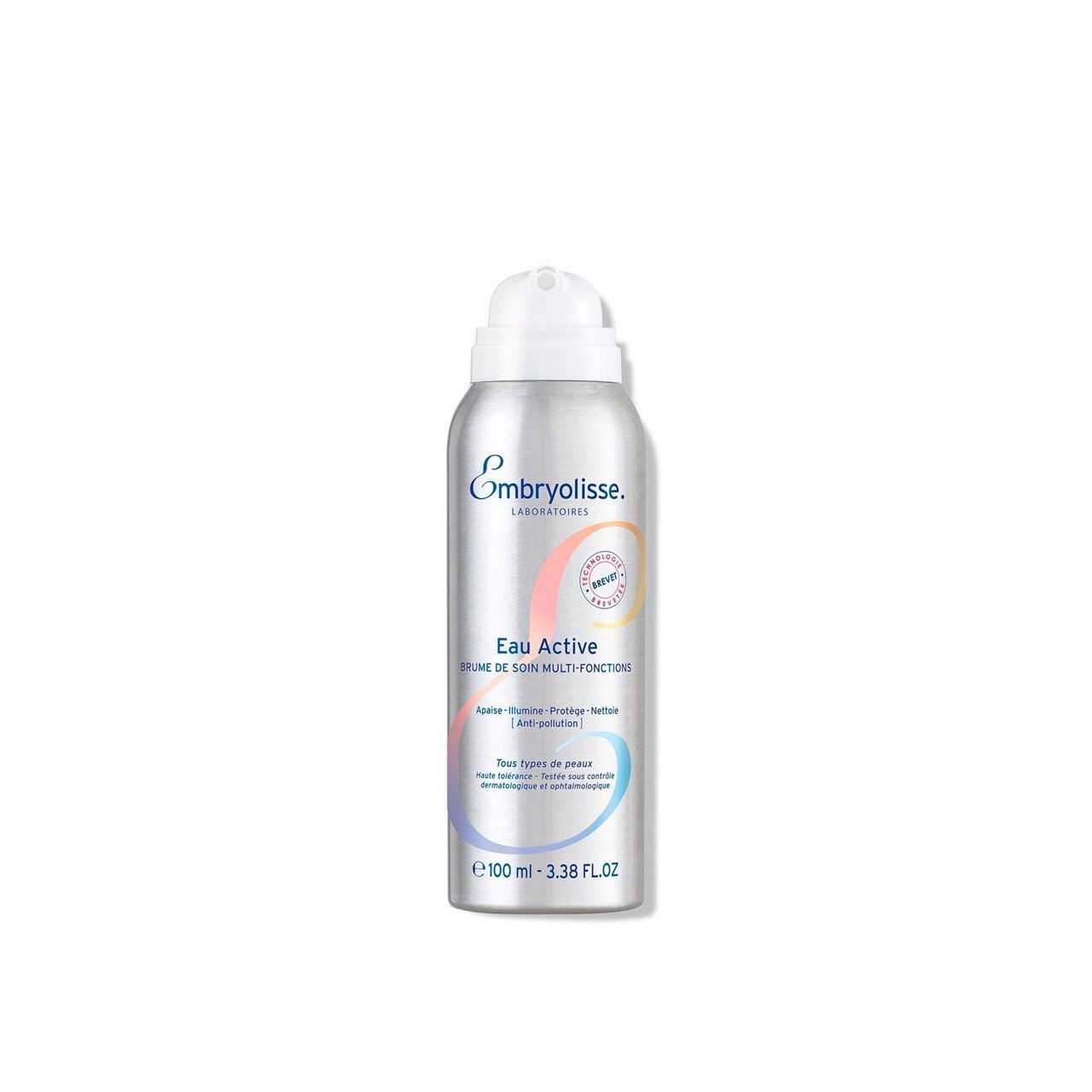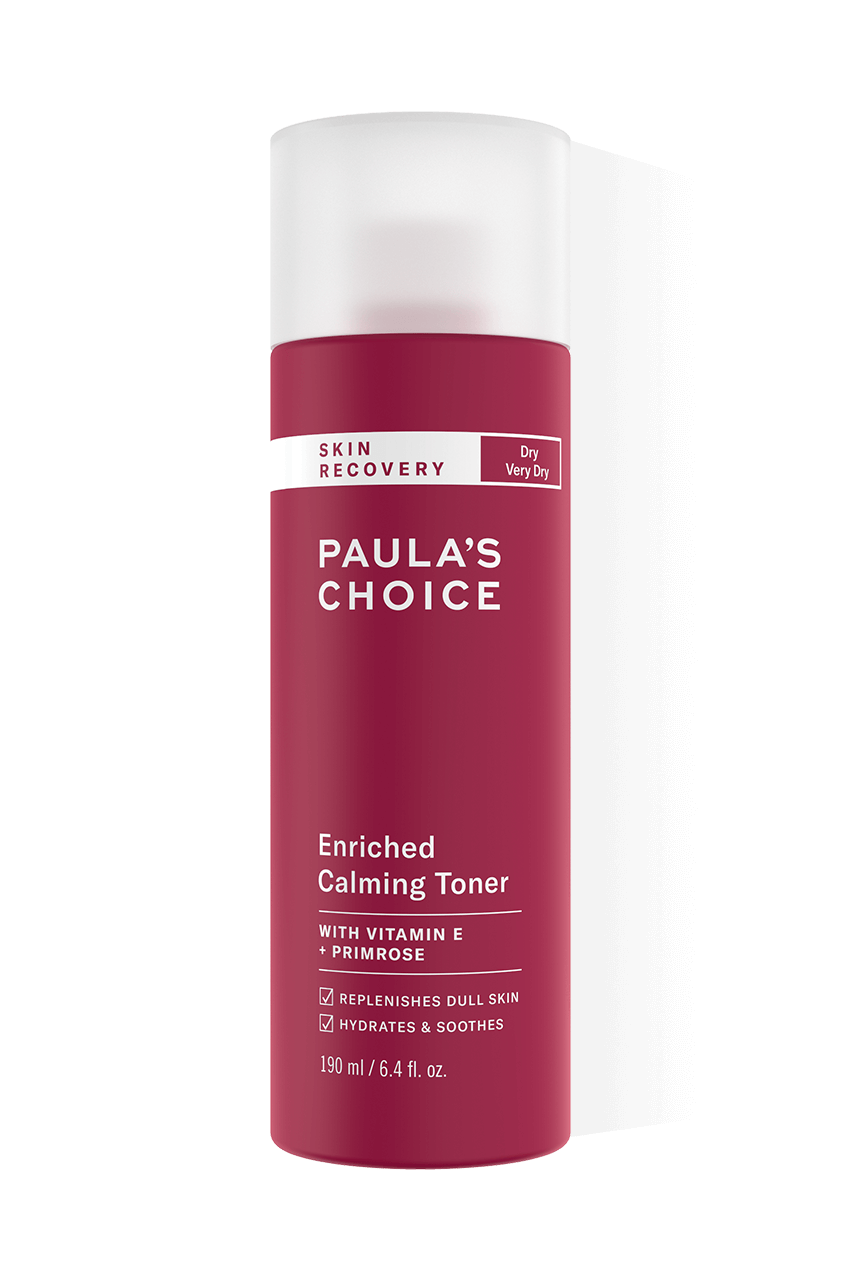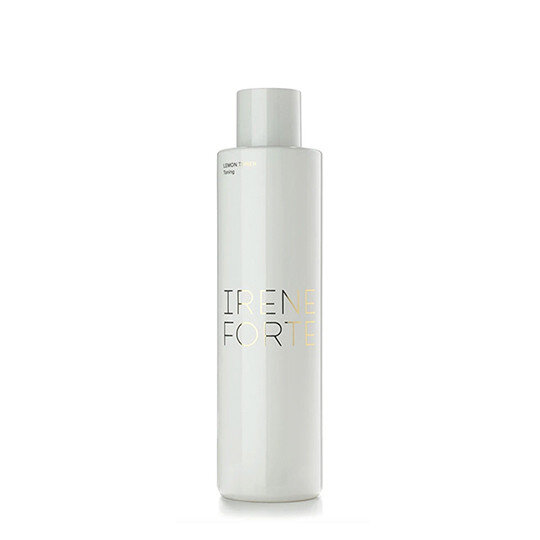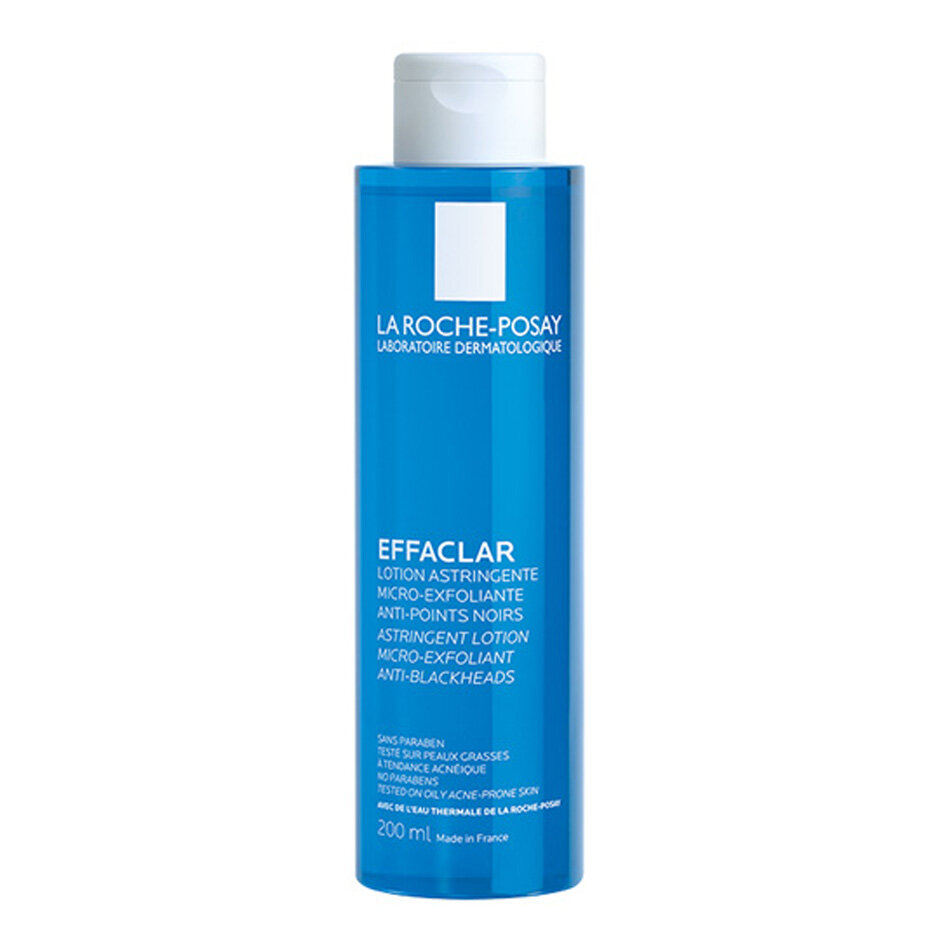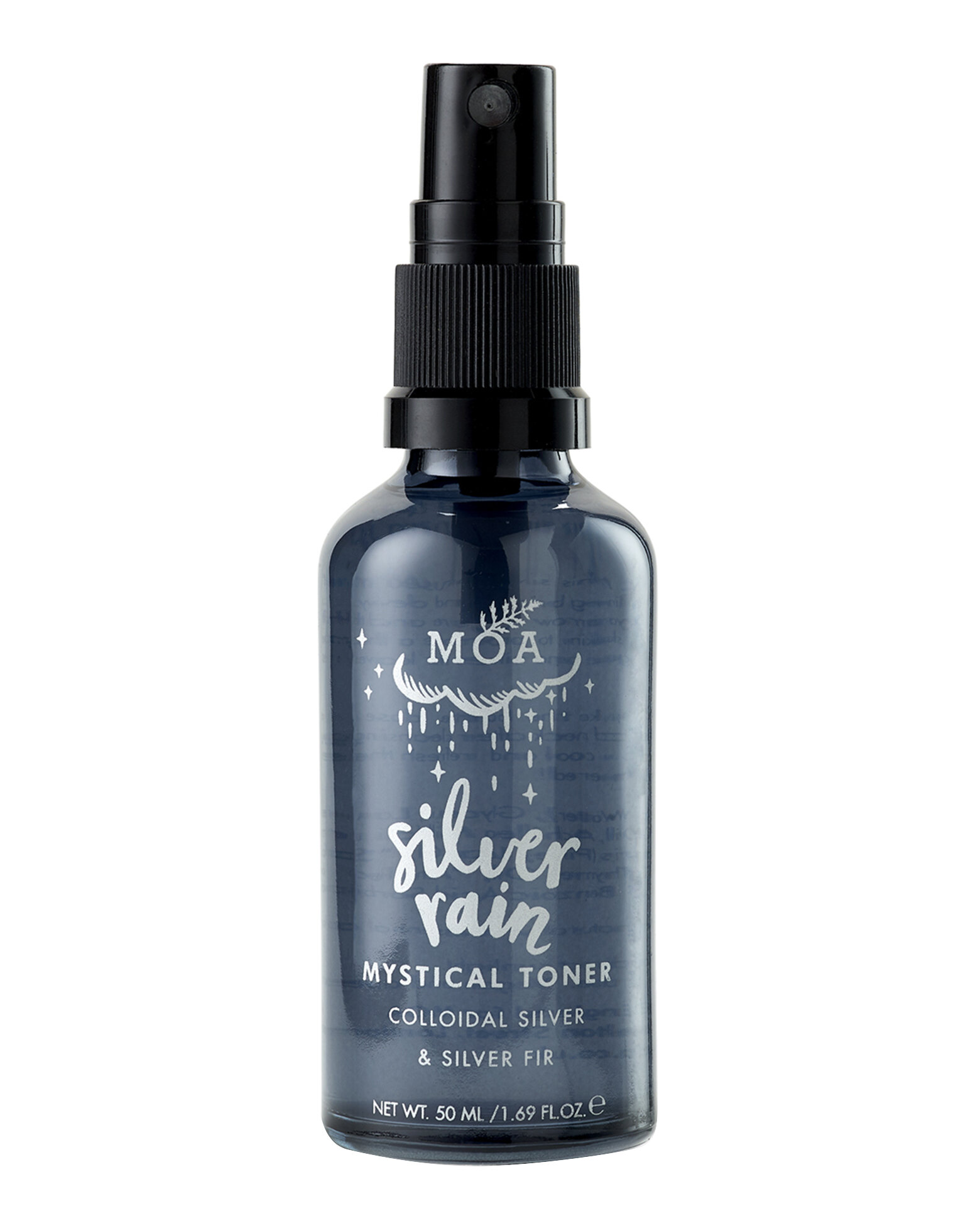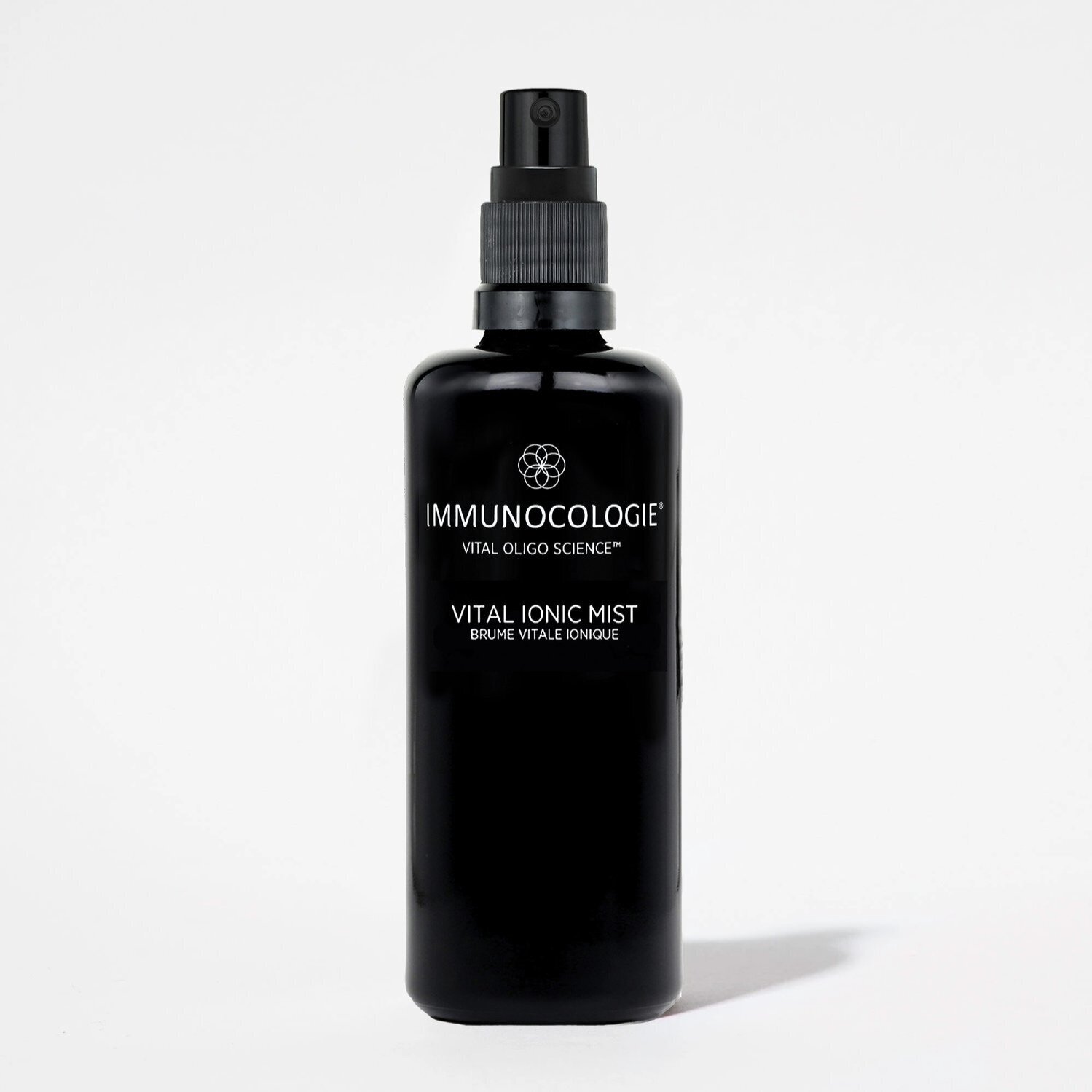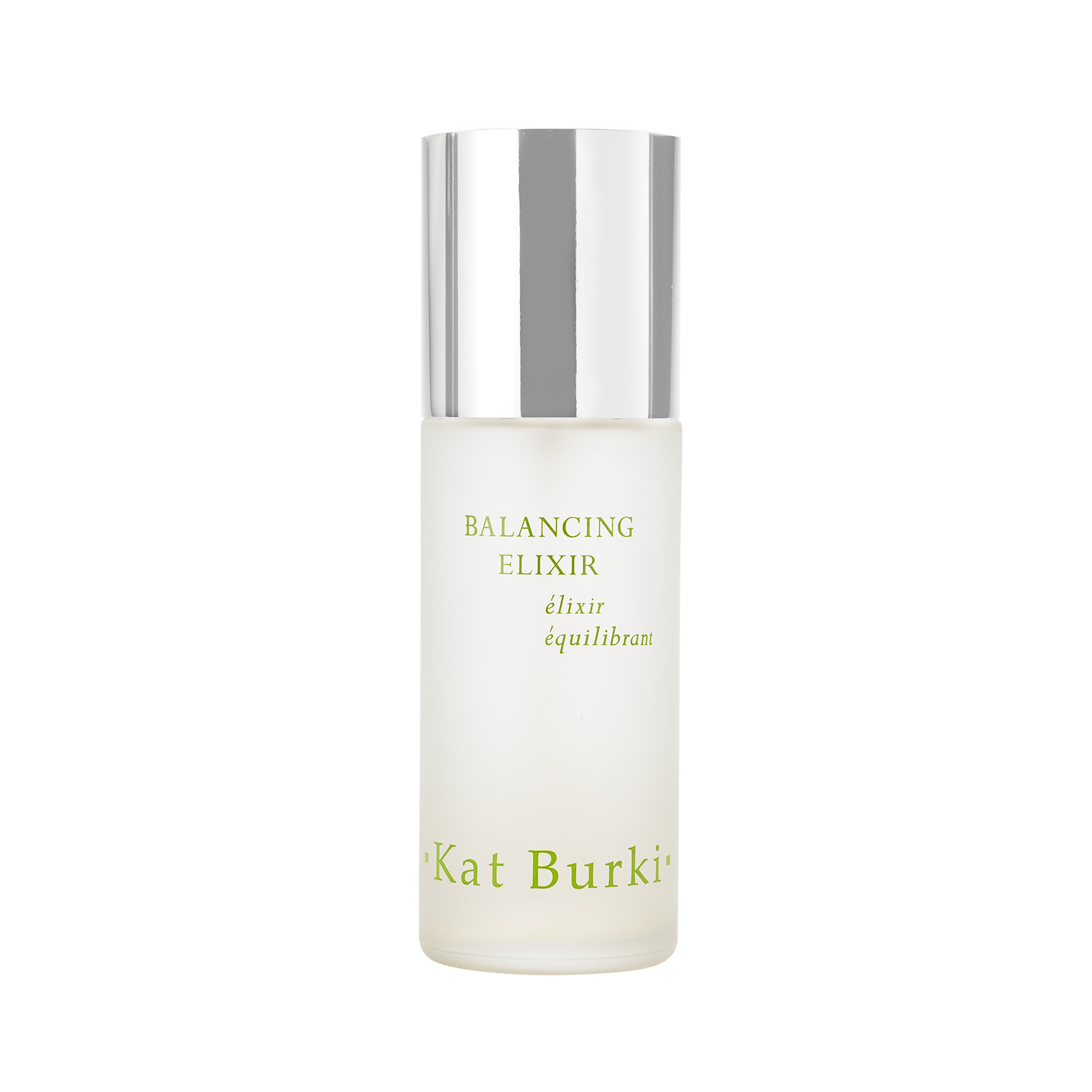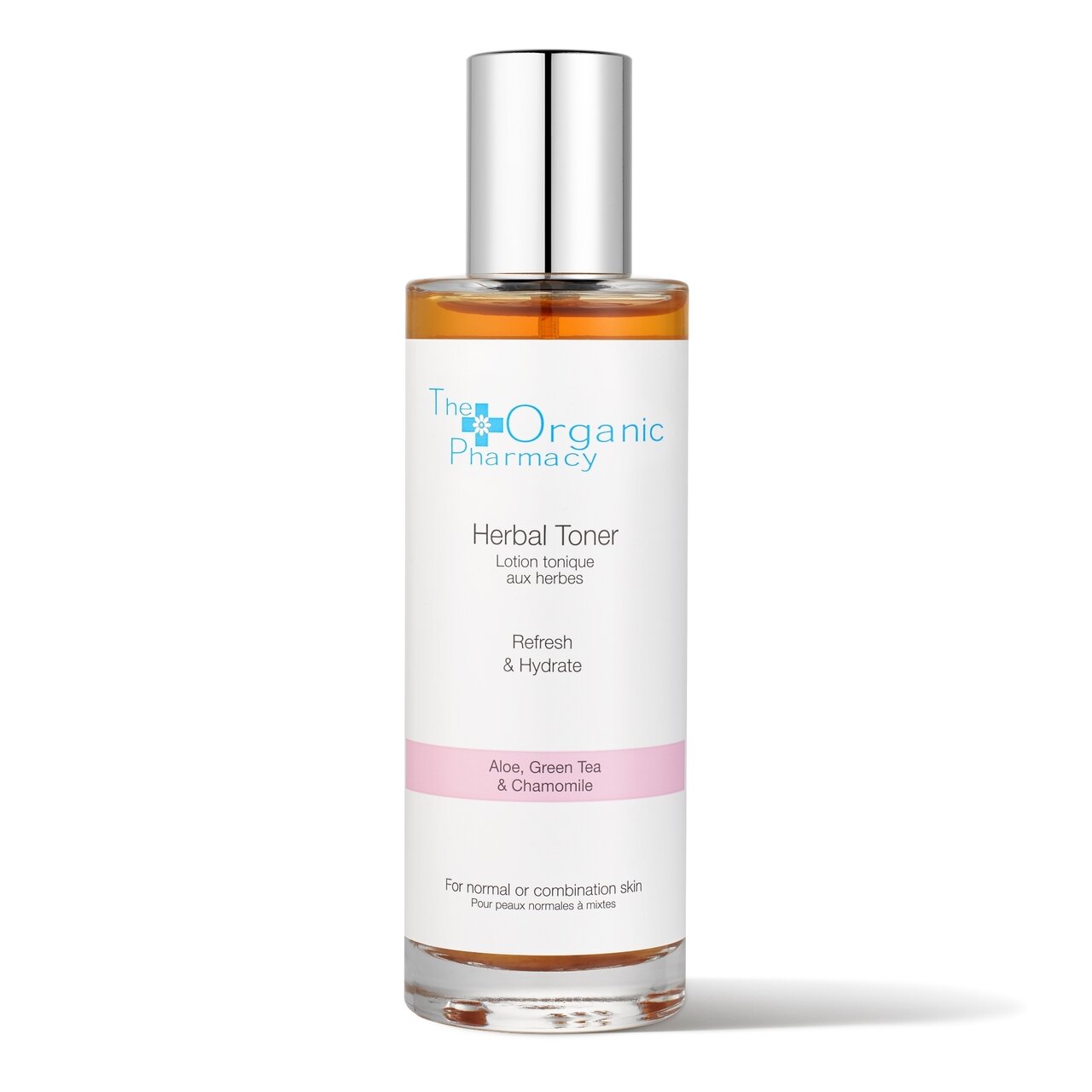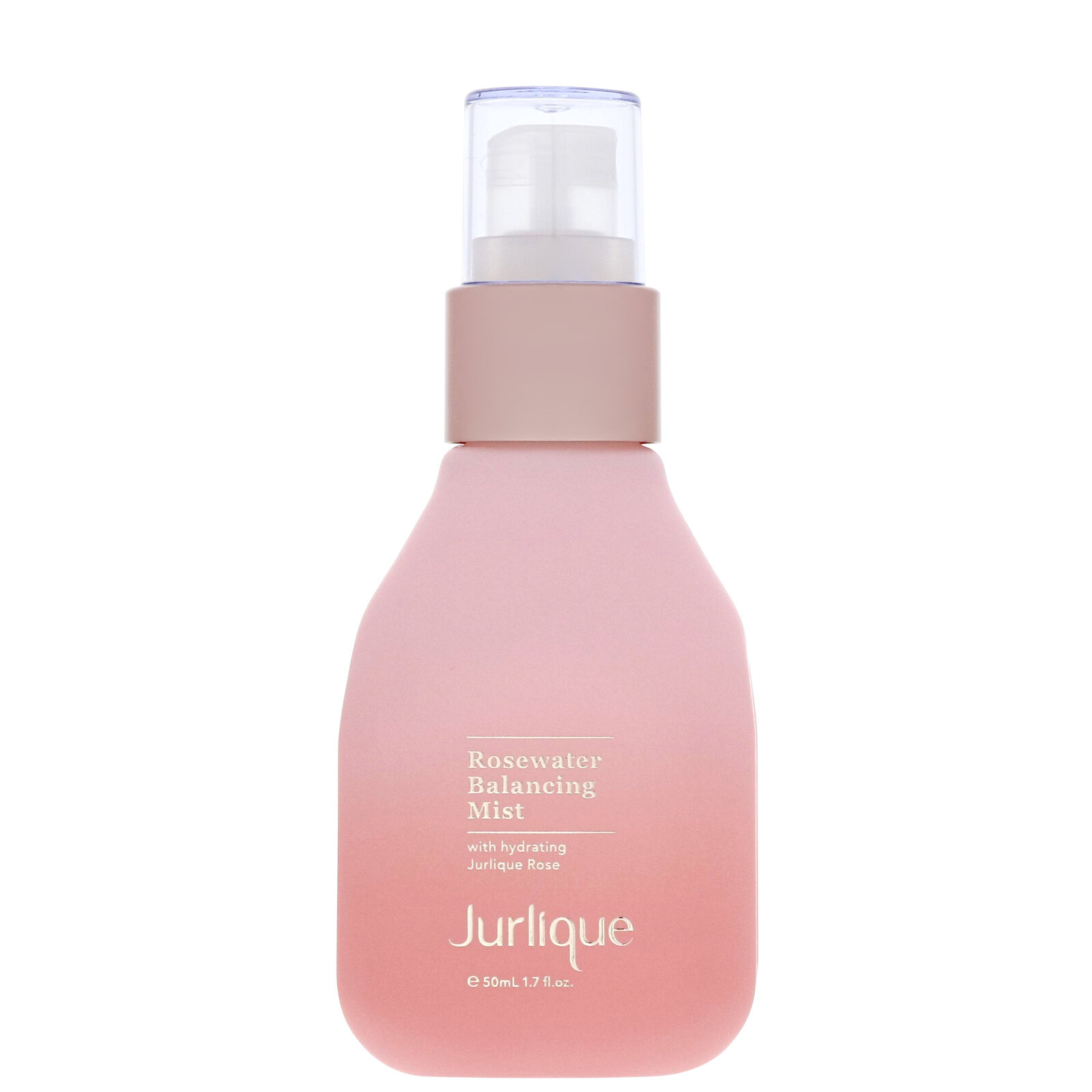The Best Toners For Every Skin Type
A skincare staple since the 1930’s, the once loved toner, fell out of fashion after developing a bad reputation for being too harsh on the skin and stripping it of its protective barrier.
Fast forward a couple of decades and over 90 years since it’s first formulation, today’s new-generation of toners are a lifetime away from their astringent hayday. But before we on go on, let’s look back at why the toner fell out of favour.
Originally created to remove excess residue following the use of more archaic cleansers and to balance out the skin’s PH level, the old style formula’s were all alcohol and astringent based, making them only really suitable for those with oily and acne-prone skin. For everyone else, skin was left dry, tight and increasingly irritable.
For years many naively believed this was a sign of the toner working correctly. Then a few things started to happened. Consumers gradually became more and more aware about what they were putting on their skin and the harsh ingredients featured in the old style toners no longer cut the mustard. Secondly, the cleanser become much more sophisticate, meaning there was less need for a toner. This shift in consumer habit resulted in somewhat of a toner renaissance and the birth of the new generation of toners we benefit from today.
Now catering to a wide variety of skin types, today’s toners don’t just provide fresher skin and a balanced ph level but a whole variety of skin benefits more comparable to your favourite serum or essence than an old style toner. And while they my still maintain the lighter liquid consistency of their original formulas, that’s were the similarity ends.
Offering benefits without the burn, these new and improved formulas are made with hydrating and brightening actives such as like polyhydroxy acids, hyaluronic acid, and niacinamide. Prepping the skin, the right toner will help to boost absorption and efficacy of your serums and moisturisers.
But with an endless array on offer, it can be difficult to know which toner to go for and how to use it. As a general rule, how hydrating and gentle the formula is, determines how often you will want to include it in your regime. A more soothing, moisturising toner can be used nightly but if you are using one with AHA’s (that’s your exfoliating latic and glycolic acids) or your BHA’s (such as the acne friendly saylic acid) you’ll probably want to limit use to just a few times a week.
For those with dry and sensitive skin, try looking for a toner with humectants that help to draw water in the skin such as glycerin or hyaluronic acid. These will help to balance and moistruize the skin.
If you have acne prone skin, alongside saylic acid (an industry favourite for tackling excess oil, blackheads, white heads and preventing future breakouts), trying looking out for ingredients, such as niacinamide (aka vitamin B3), which works to calm acne flair ups and regulate sebum production, as well as a host other skincare benefits.
Anyone suffering from melsama, pigmentation such as sun spots or lacklustre skin, it's all about the the antioxidants. We’re talking ingredients such as vitamin C, CoQ10 and Niacinamide (yes, protection against oxidative stress, is another one its many benefits) to gently brighten the skin for a more even appearance. Exfoliating ingredients are also your friends, as the increased turn over will remove the top layers of skin, lighting your pigmentation. These include your AHA’S such as formally mentioned, glycolic and latic acids, as well as azelaic acid, which not only exfoliates but slows down the production of excess melanin.
Ready to reintroduce a toner into your regime? Read on for the best toners for each skin type and concern.


